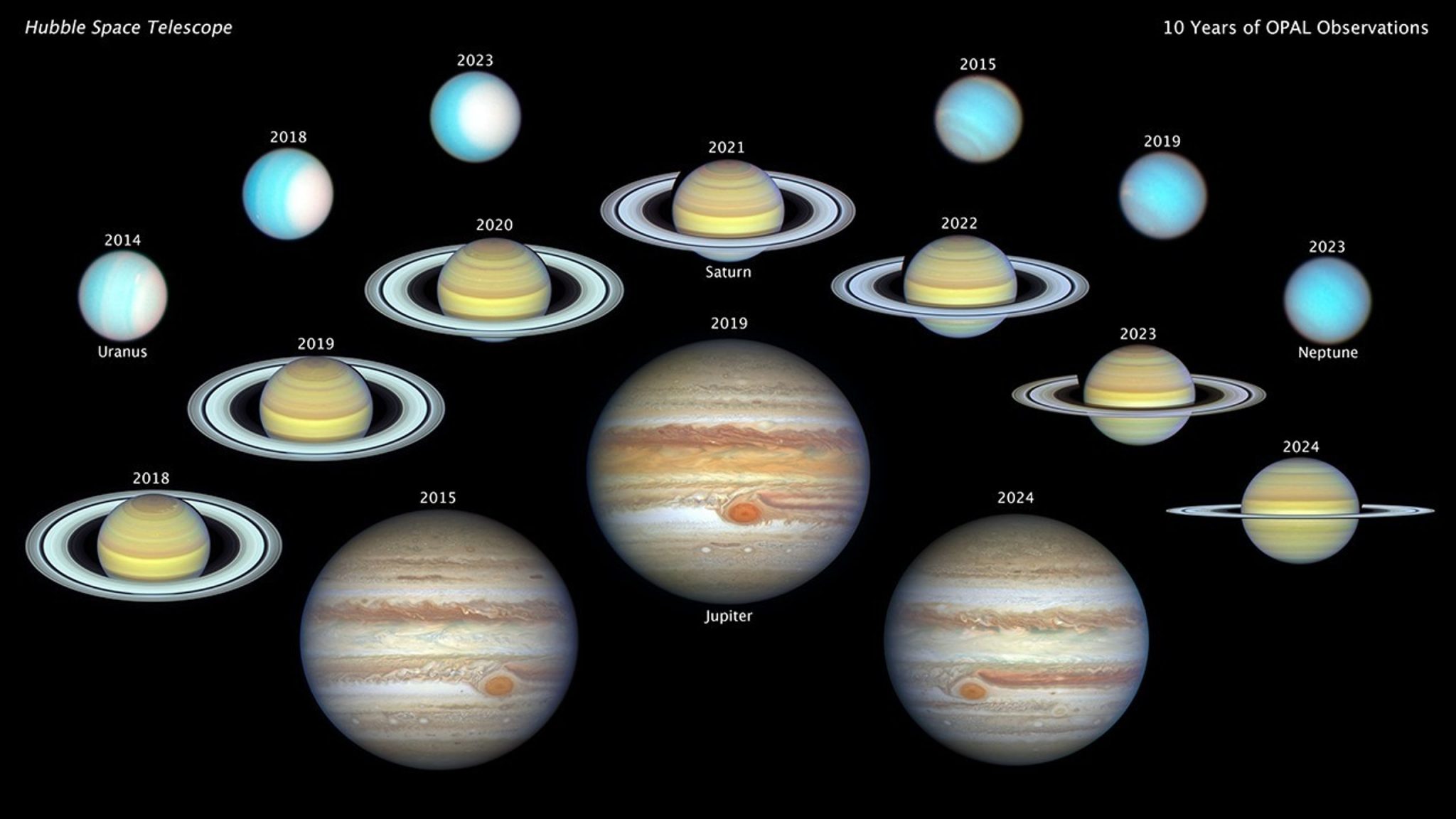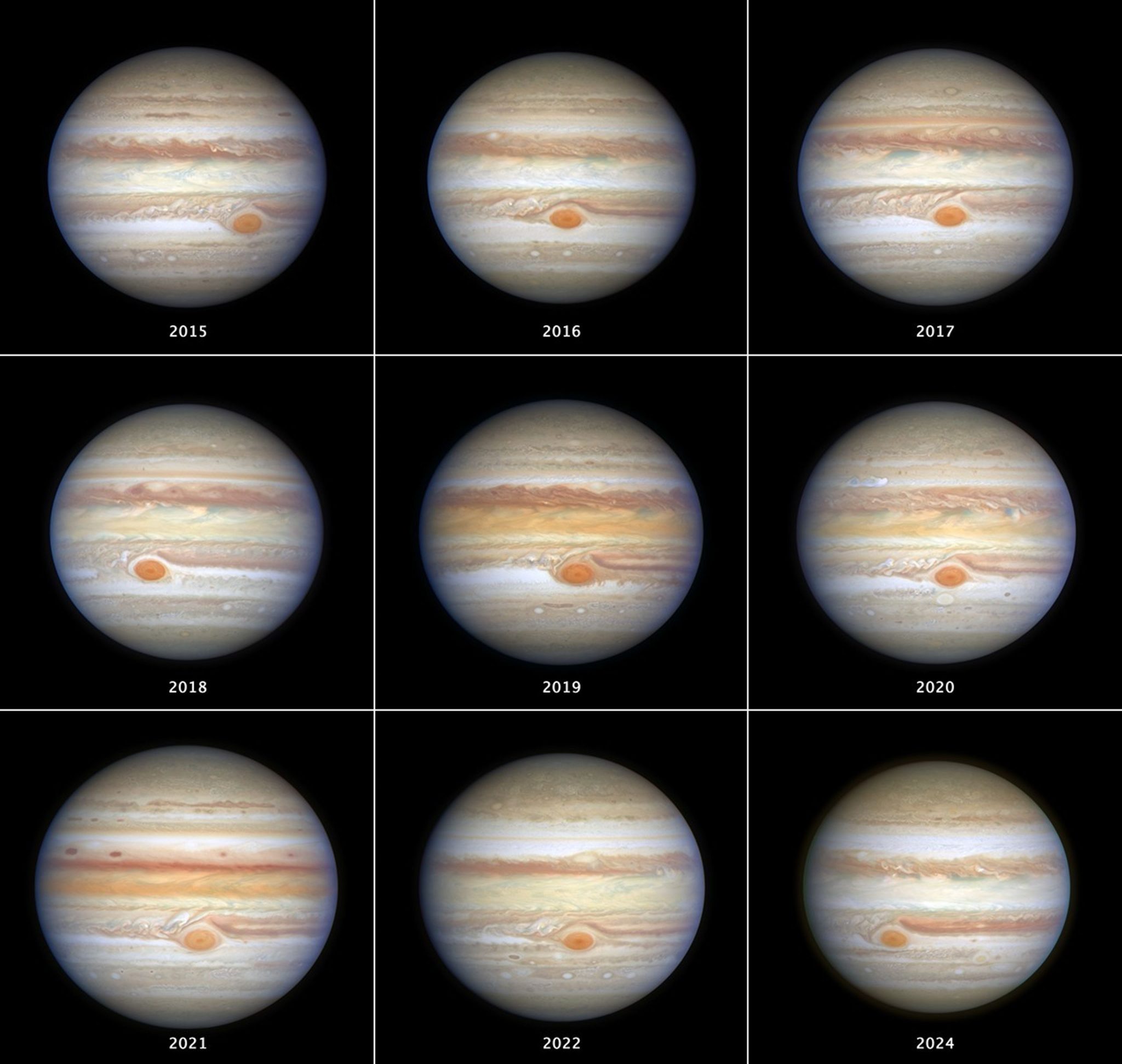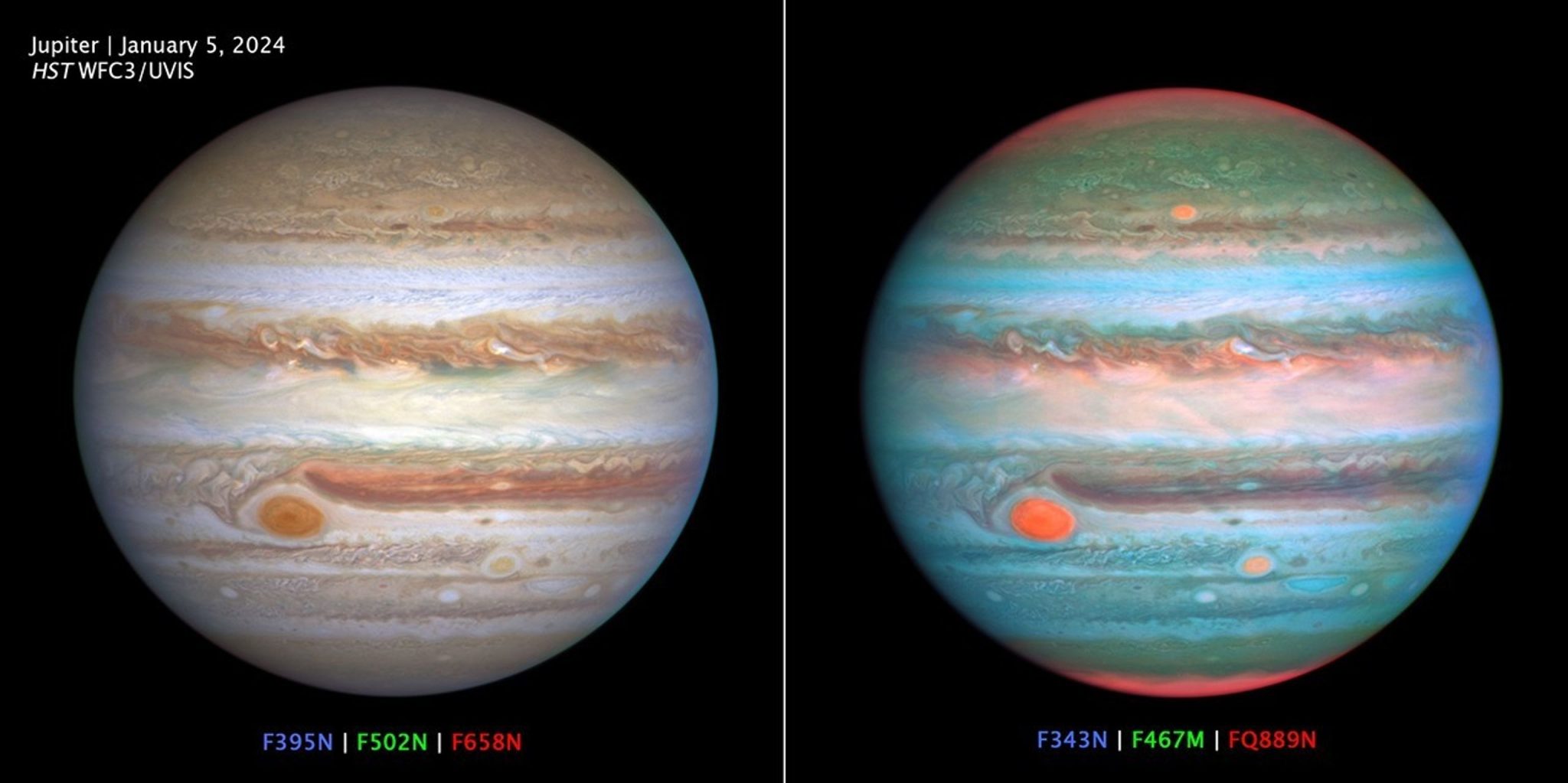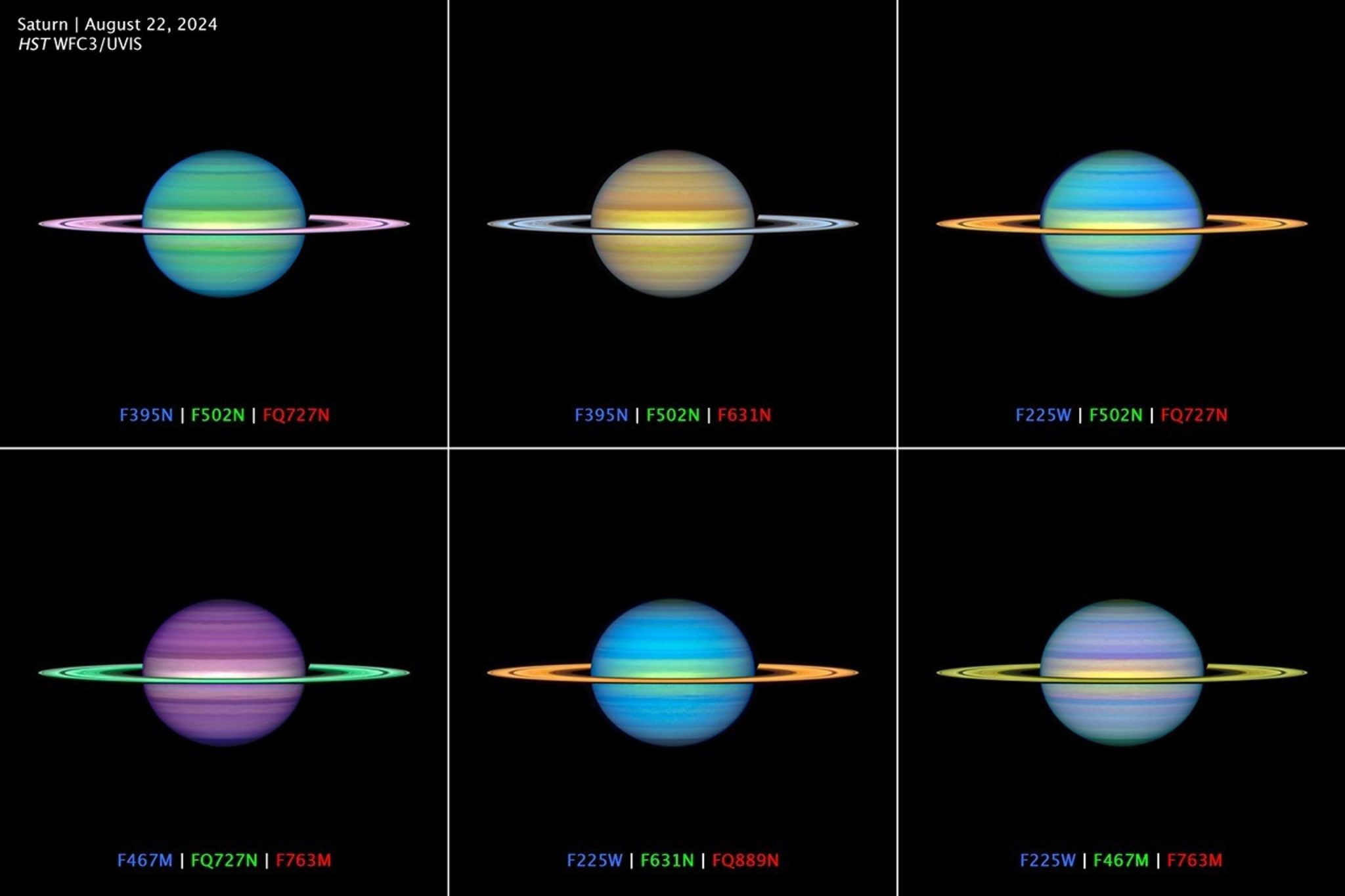The Hubble Space Telescope, famous for its amazing images of nebulae and distant galaxies, is also actively exploring objects in the Solar System. Over the past decade, the OPAL (Outer Planet Atmospheres Legacy) project has regularly recorded the outer planets, particularly Jupiter, Saturn, Uranus and Neptune, with the telescope. This allows scientists to track their changes and the dynamics of atmospheric phenomena.

The outer planets are strikingly different from Earth: they are gas or ice giants, not rocky bodies. Despite this, their atmospheres exhibit familiar phenomena such as weather changes and large-scale storms. The most famous example is Jupiter’s Great Red Spot. This giant storm, larger than the Earth, has been raging for centuries. Hubble observations from 2015-2024 show how the spot is changing, as well as the movement and transformation of the planet’s atmospheric bands.


The OPAL project has found many interesting things on other planets as well. Saturn, for example, has mysterious “spokes” – dark spots in its rings that appear and disappear depending on seasonal changes. Uranus, tilted so that it rotates almost on its side, suffers from extreme weather conditions. Its polar regions can remain in shadow for up to 42 years, which affects the formation and melting of ice caps. Storms on this planet have also been the subject of intense attention by scientists.

Neptune, the farthest planet in the Solar System, shows no less interesting phenomena. Its atmosphere occasionally shows dark spots associated with storms. Observations have shown that such spots are temporary: they form, disappear and shift. One of them was able to be tracked in detail – the storm moved toward the equator and then faded away. Although Neptune receives only 0.1% of the amount of sunlight that reaches Earth, its atmosphere responds to this radiation by forming clouds.
Hubble studies are thus expanding our knowledge of the outer planets and their atmospheric processes, helping us to better understand the features of distant worlds.
Provided by NASA


